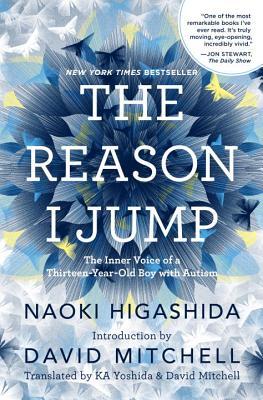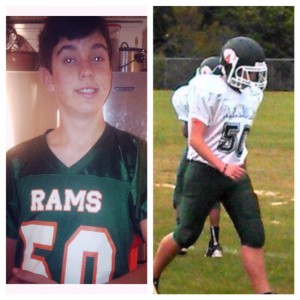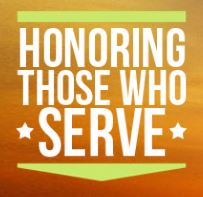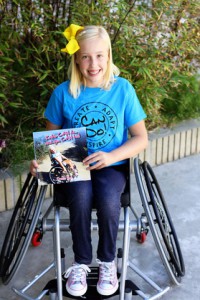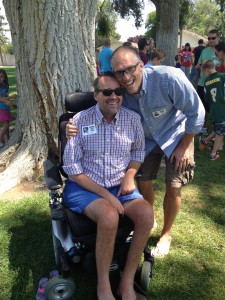4 ways to make cities better for people who are blind (and sighted)
by Beth Finke
I subscribe to TED Talks even though I can’t see the videos — just reading the descriptions of their featured talk each morning gives me an inkling of what “the world’s most fascinating thinkers and doers” are thinking and doing these days.
A couple weeks ago an email update popped up in my inbox linking to a talk by an architect who has lost his sight. The promo material said architect Chris Downey’s 12-minute talk, called City Designed with the Blind in Mind, “shows how the thoughtful designs that enhance his life now might actually make everyone’s life better, sighted or not.”
Downey had been a working architect in San Francisco for years before 2008, when surgery to treat a brain tumor left him blind at the age of 45. He was so familiar with the city that within six months he was back at work and using a white cane to commute to the office on his own.
When I watched (okay, listened to) Downey’s TED Talk, I found myself nodding in total agreement when he declared “cities are fantastic places for the blind.” I lost my sight in 1985. Since then, I’ve lived in a college town, a suburb, a touristy beach town, and a big city. I enjoyed each place for different reasons, but for me, the past ten years in Chicago have rewarded me with the most opportunities and an unequaled sense of independence.
Downey doesn’t explain in the TED Talk how he works as an architect without being able to see anymore, but I found an interview at The Architect’s Newspaper where Downey describes one of the first projects he worked on after losing his sight: a Polytrauma and Blind Rehabilitation Center for the Department of Veterans Affairs in Palo Alto. “The client and the team were becoming aware that they really didn’t understand how space and architecture would be experienced and managed by users who would not see the building,” he said. “When I showed up as a newly blinded architect with 20 years of experience, there seemed an opportunity to bridge that gap.”
The fact that he was a rookie at being blind was a bonus, he said. “I was not that far removed from the experience of the veterans who were dealing with their new vision loss.” Now Downey runs his own business consulting on design for people who are blind and visually impaired. In addition to the VA project in Pal Alto, he has worked on renovations of housing for people who are blind in New York City and consulted on the new Transbay Transit Center in San Francisco. He says urban planners who think of people who are blind as prototypical city dwellers will come up with design elements that make life better for everyone, whether sighted or not:
1. a rich, walkable array of predictable sidewalks
2. no cars
3. many options and choices at the street level
4. a robust, accessible, well-connected transit system
I don’t know how a city like that might look to all you Easter Seals blog readers, but it sure sounds, ahem, good to me!








